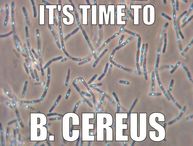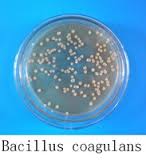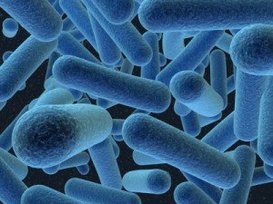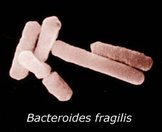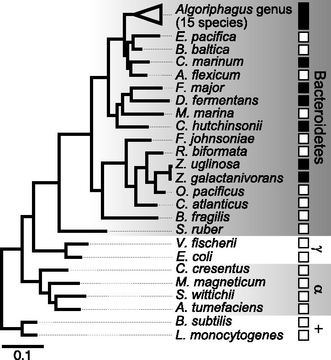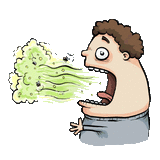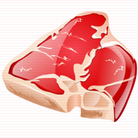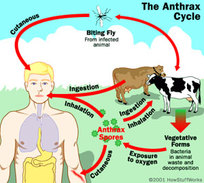
There are 89 known strains of B. anthracis.
Bacillus species are almost ubiquitous in nature, e.g. in soil, but also occur in extreme environments such as high pH (B. alcalophilus), high temperature (B. thermophilus), or high salt (B. halodurans). B. thuringiensis produces a toxin that can kill insects and thus has been used as insecticide.
